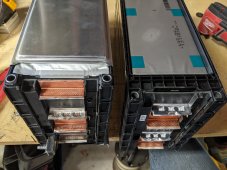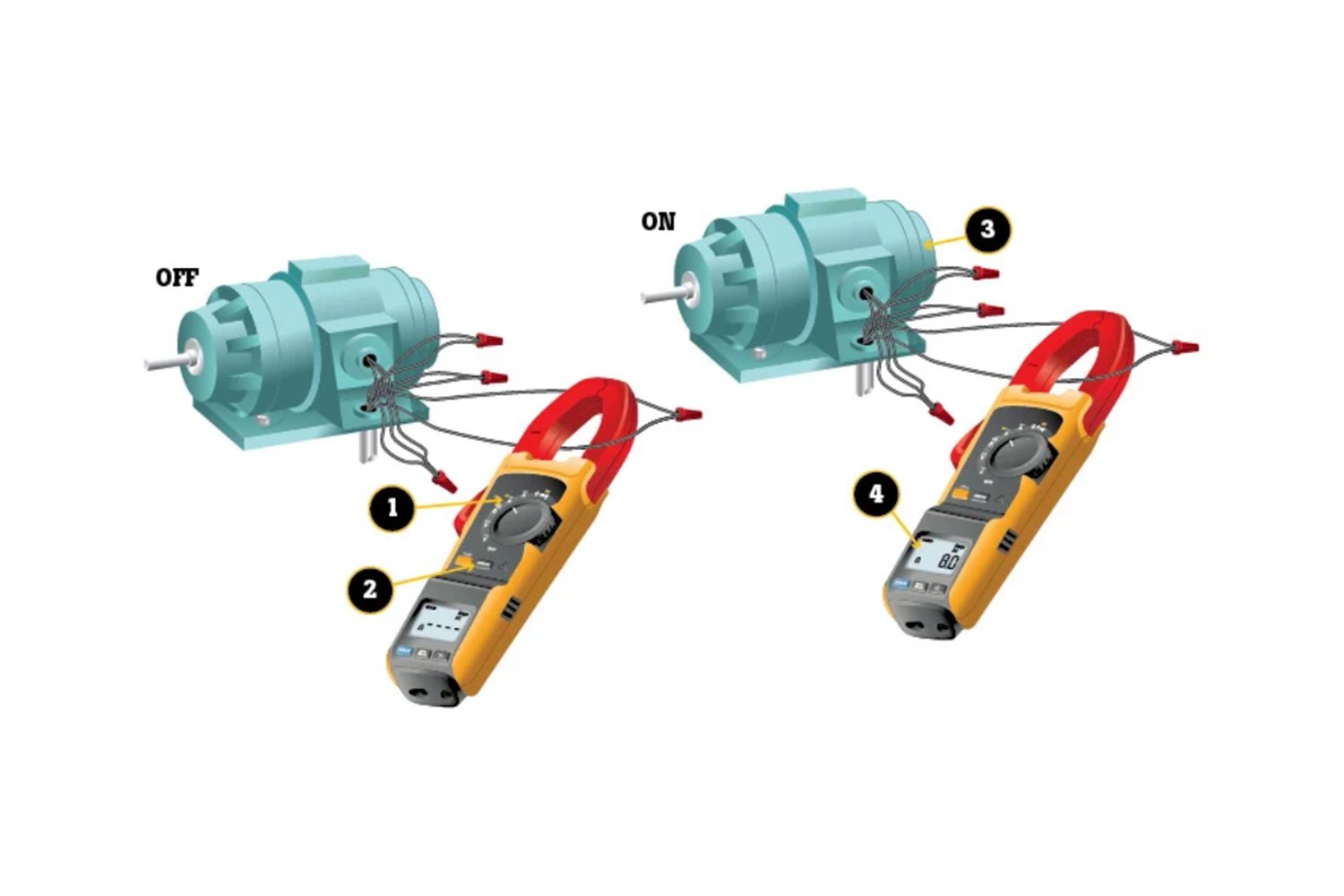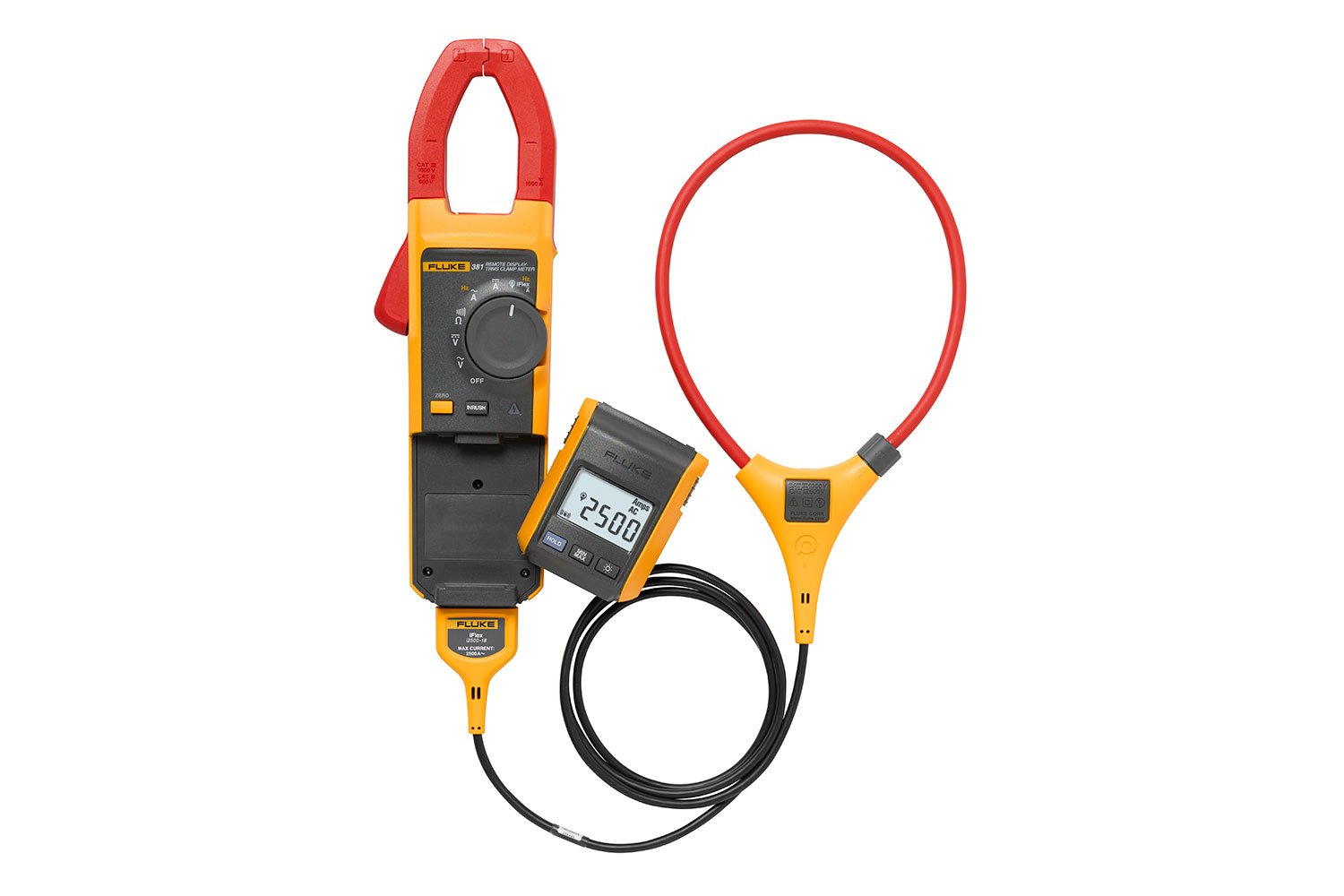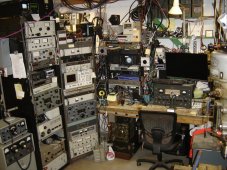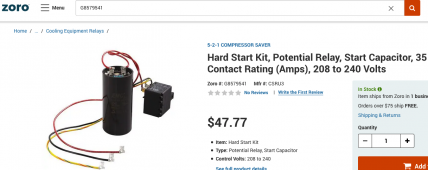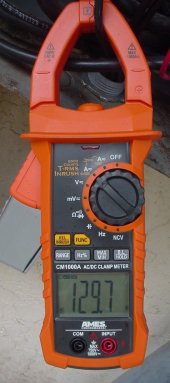GXMnow
Solar Wizard
- Joined
- Jul 17, 2020
- Messages
- 2,713
My setup will be the opposite. "IF" all goes to plan... I hope to have a bit over 2,000 watts of solar with the DC charge controller to my battery bank. That should produce something like 10 KWH's a day for me to use at night when the sun goes down. Only 1 conversion from DC to AC in the evening. My current choice is 9 x 300 watt panels, 2,700 watts theoretical peak power. Into a 50 volt battery bank that would be 54 amps, and ramping down as the voltage climbs to 57.4 maximum. So the MPPT 60-150 can take all of the current, and I can get that one for $495 right now. The 150 volt rating is a peak, they recommend staying under 140 volts. Typical 300 watt panels are 60 cell with a VOC of about 38 volts, x 3 = 114 volts, so that looks good. The 3 strings in parallel pushes the current up to just under 30 amps. Not too bad, I will run #8 awg from the combiner to the charge controller. Charge controller to battery bank will need to be #4 or so for 60 amps, I may just step it up to #2 as the cost for my short run will not be a big deal.
So while the sun is shining, the house will run completely off of the existing 4,800 watts of panels on the Enphase iQ7 microinverters. But all of the excess power will pretty much go back to the grid. The system is not really smart enough to self adjust the charge current from AC coupled solar. That is a shame, as the hardware could do it, but the software is lacking. Schneider did put "Smart Charge" in the smaller SW inverter/charger but it looks like that never made it to the US market either. So with this plan, the XW-Pro inverter will basically just sit idle, as long as the solar from the Enphase system is meeting the house demand. And the charge controller, will be charging the battery bank in the background. As the sun starts to go down, the Enphase will no longer be producing enough to run the house, so the XW-Pro will start running in grid support. I will probably also add the Watt-Node grid meter to the Schneider system, so it can do true Grid Zero mode at this point. It will ramp the XW-Pro output to hold the grid current at zero. The house will then be running off the batteries, and any solar still coming in until complete sunset, then it is on all battery. It should run in Grid Zero until after midnight at which point it will switch back to grid until the sun come sup to do it all over again.
I am thinking of tying in my extra 600 watt charger, and have that kick on if the grid sell from the Enphase exceeds 1,000 watts. I have a few ideas how I could make that work. If I do add all of the cells I bought, I would end up at about 36 KWH's of battery. I could basically go off grid with that much storage, but I would need a bit more charging power. A second 600 watt charger running off the Enphase power would probably do it. It is just a shame that the XW-Pro can't be told to switch to charge mode while on grid, unless the battery is fully discharged below the inverter cut off voltage. It's a dumb software choice.
So while the sun is shining, the house will run completely off of the existing 4,800 watts of panels on the Enphase iQ7 microinverters. But all of the excess power will pretty much go back to the grid. The system is not really smart enough to self adjust the charge current from AC coupled solar. That is a shame, as the hardware could do it, but the software is lacking. Schneider did put "Smart Charge" in the smaller SW inverter/charger but it looks like that never made it to the US market either. So with this plan, the XW-Pro inverter will basically just sit idle, as long as the solar from the Enphase system is meeting the house demand. And the charge controller, will be charging the battery bank in the background. As the sun starts to go down, the Enphase will no longer be producing enough to run the house, so the XW-Pro will start running in grid support. I will probably also add the Watt-Node grid meter to the Schneider system, so it can do true Grid Zero mode at this point. It will ramp the XW-Pro output to hold the grid current at zero. The house will then be running off the batteries, and any solar still coming in until complete sunset, then it is on all battery. It should run in Grid Zero until after midnight at which point it will switch back to grid until the sun come sup to do it all over again.
I am thinking of tying in my extra 600 watt charger, and have that kick on if the grid sell from the Enphase exceeds 1,000 watts. I have a few ideas how I could make that work. If I do add all of the cells I bought, I would end up at about 36 KWH's of battery. I could basically go off grid with that much storage, but I would need a bit more charging power. A second 600 watt charger running off the Enphase power would probably do it. It is just a shame that the XW-Pro can't be told to switch to charge mode while on grid, unless the battery is fully discharged below the inverter cut off voltage. It's a dumb software choice.



